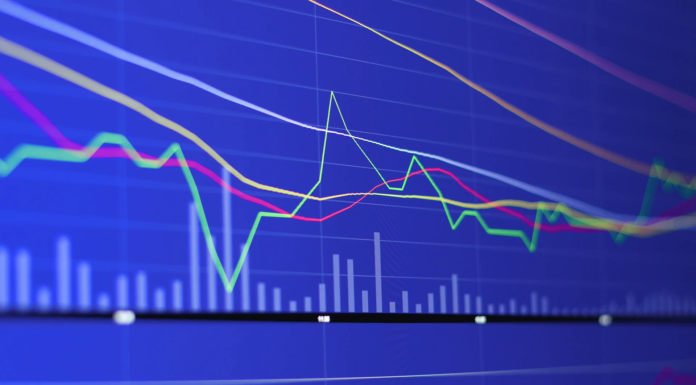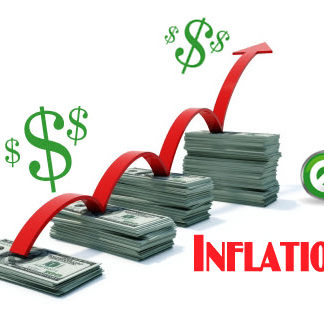Richard Cayne Japan – Different Mutual Fund Market Caps Explained
Market cap or market capitalization, contrary to popular belief, relates to the size of the companies in which the fund is being invested, instead of the size of the fund itself. Richard Cayne of Japan’s leading financial consultancy explains that the market capitalization of a mutual fund is calculated by multiplying the number of outstanding shares with the current market price of one share. Thus, mutual fund investments can be divided into small-cap, mid-cap and large-cap funds.
Richard Cayne of Japan mentions that companies with a market capitalization of less than $1 billion are generally considered to be small-cap funds, though different brokerage houses may follow different policies. Such companies are generally in their earlier stages of business and are presumed to have lots of growth potential. While the upside of investing in such funds is that they do offer substantial returns, the downside is that they tend to suffer the most in times of market instability. Therefore, Richard Cayne of Japan suggests parking your money in small-cap funds only if you are able to tolerate risk well and are looking for aggressive growth.
Companies with a market cap between $1 billion and $8 billion are generally considered to be mid-cap. Richard Cayne of Japan’s leading financial consultancy explains that mid-cap funds are the most popular vehicles for investment for the general public, since they do not entail as much risk as small-caps, but do share similar growth opportunities. One of the major reasons why mid-caps are considered less volatile is due to the larger size of the company, which translates into the fact that they do not always move with the market, making them much less volatile. Richard Cayne of Japan suggests that individuals looking at good return possibilities, minus the risk of small-caps should consider investing in mid-cap funds.
Richard Cayne of Japan further explains large-cap funds to be invested in companies with a market capitalization of $8 billion or more. However, large-cap funds usually end up imitating the major indexes because of their sheer size. Since mutual funds have restrictions on the level of ownership they can have in a particular company, large-cap funds can only buy large companies, which usually make up the major indexes. Richard Cayne of Japan suggests that large-cap fund investments are ideal for those looking for a long-term investment and who wish to ‘buy and hold’. However, those looking for more diversification and aggressive returns should look at other options.








